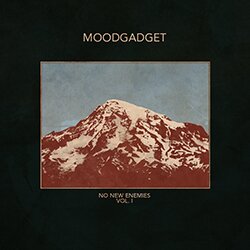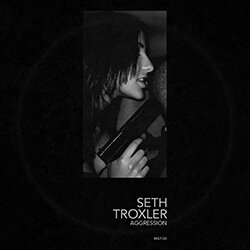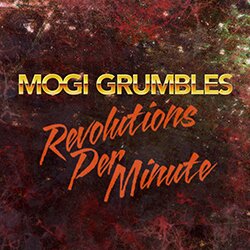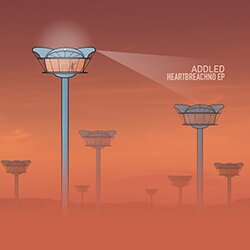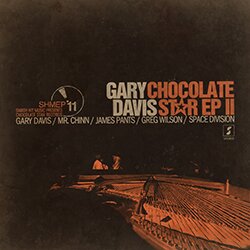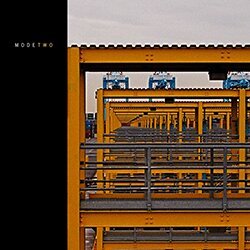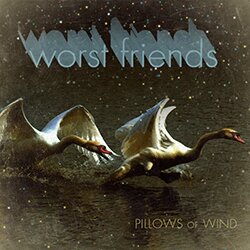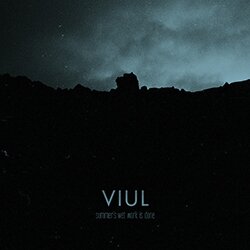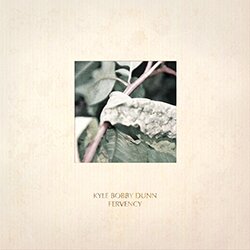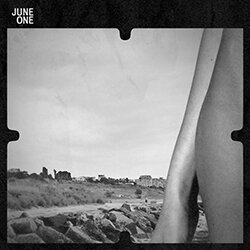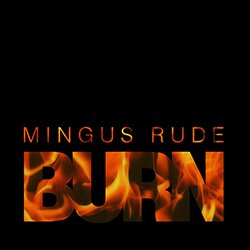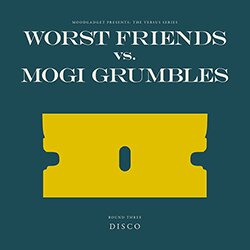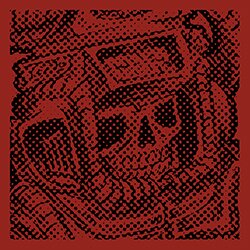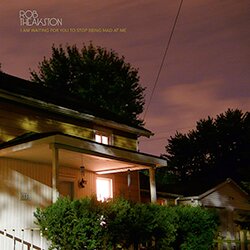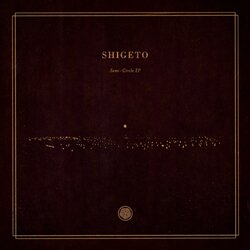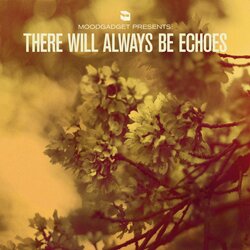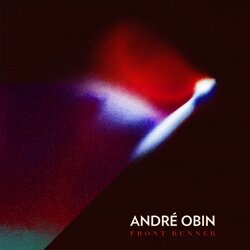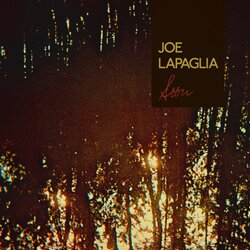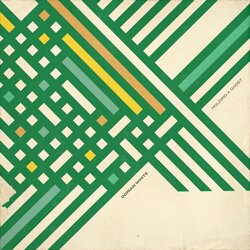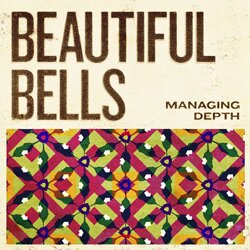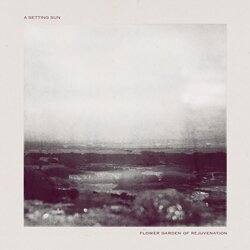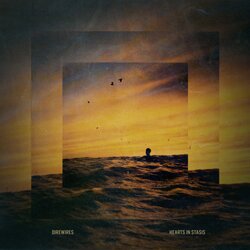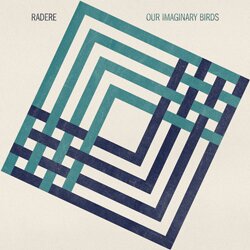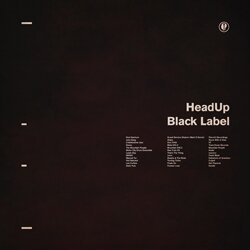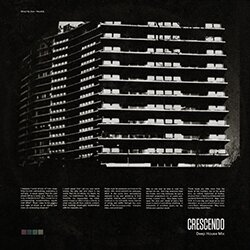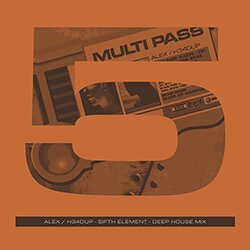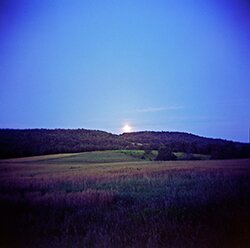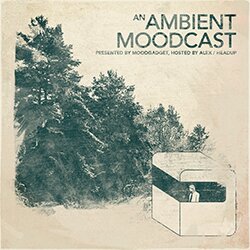The Music of Jóhann Jóhannsson
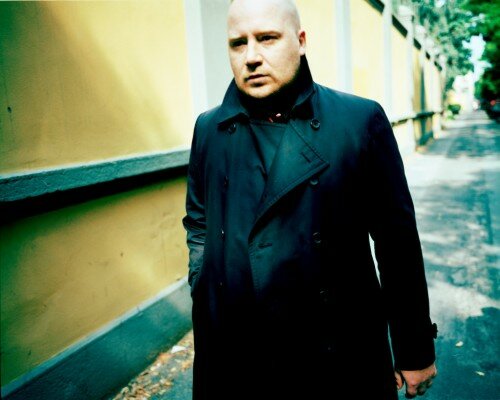
This October for me has been a month where I have just wanted to crawl into a hole and listen to all day everyday. Actually in reality, rather than crawling into holes, I’ve been setting his music to the obsessive writing of Max patches. I only just found out about this brilliant Icelandic composer last November when I started loving his just-released Fordlândia album, but it wasn’t until now that I’ve really dug into his entire catalog and began to explore the dozens of beautiful compositions that this guy has crafted. Most of his pieces are bleak and cold, much like one imagines the climate of Iceland to be, but they are so rich with emotion that on a deep listen, any in-tune and sensitive person could easily be moved to tears.
Jóhannsson has released on ambient superpower labels Touch and 4AD, and recently self-issued his score for the Icelandic film “,” entitled And In the Endless Pause There Came the Sound of Bees. Check out his very informative website here.
Jóhann Jóhannsson – Odi Et Amo
Audio clip: Adobe Flash Player (version 9 or above) is required to play this audio clip. Download the latest version here. You also need to have JavaScript enabled in your browser.
“Odi Et Amo” is the opener and declaration of the main theme of Johannsson’s first album, Englabörn, and what a declaration it is. Like much of his work, this set to a stage play of the same name. The Latin title translates roughly as “I hate and I love,” and the cold strings accompanied by synthesized voice transmits this conflict of feeling so clearly. The atmosphere of dangerous ambiguity is thick; this has obviously been written by someone who is in touch with the light and dark aspects of his own nature.
Jóhann Jóhannsson – The Rocket Builder (Io Pan!)
Audio clip: Adobe Flash Player (version 9 or above) is required to play this audio clip. Download the latest version here. You also need to have JavaScript enabled in your browser.
The brainchild of Henry Ford, Fordlândia was a utopian “Ford-land” located in the depths of the Amazonian forests. Adopted as the theme for Jóhannsson’s 2008 tour de force, this huge-scale scheme was the midwife to feelings of immense awe, wonder, inspiration, and ultimately failure. The album does a superb job of communicating these sentiments to the listener, and though the whole album plays as a cohesive whole – spinning out variation after variation on the main theme – “The Rocket Builder” is surely a standout. Inspired by the Aleister Crowley disciple who developed the first successful rocket fuel, this particular piece was performed by an Icelandic string quartet with Jóhannsson himself on piano, pipe organ and fuzz bass.
Jóhann Jóhannsson – The Sun’s Gone Dim and the Sky’s Turned Black
Audio clip: Adobe Flash Player (version 9 or above) is required to play this audio clip. Download the latest version here. You also need to have JavaScript enabled in your browser.
Definitely the most akin to fellow Icelanders and of this bunch, “The Sun’s Gone Dim” is an arrangement of epic proportions, again featuring a soulless synthesized voice familiar from “Odi Et Amo.” This is the closing number from IBM 1401: A User’s Manual album, which was the first in his ‘trilogy’ (Fordlândia being the second, most recent) of albums that explores American mega-brands and their accompanying technologies.
Jóhann Jóhannsson – Souvenir
Audio clip: Adobe Flash Player (version 9 or above) is required to play this audio clip. Download the latest version here. You also need to have JavaScript enabled in your browser.
“Souvenir” was featured on one of my favorite albums of 2008, a rather obscure compilation from Fractured Recordings called Recovery, in which the heavy-weights of experimental electronic music created cover versions of 70s and 80s pop songs (Ryoji Ikeda’s “Back In Black” was part of the same compilation). In one of the more surprising moves on the whole album, Jóhannsson confidently takes on the hit, transforming it into his own trademark orchestral piece that could very well have been arranged and recorded around the same time as Fordlândia and similarly performed by the Prague Symphony Orchestra.
Trackback URL
